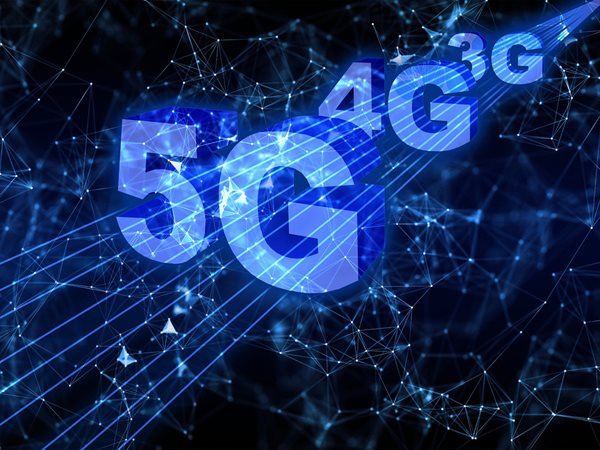
5G networks with their built-in ‘programmability’ and advanced capabilities will drive new and exciting monetisation opportunities for service providers.
While 5G is still in its infancy on the continent, Communication Service Providers (CSPs) in various African countries are looking to 5G as an enabler to introduce new revenue streams, as well as to manage increasing capacity requirements in a more efficient way. Ultimately, 5G holds immense possibility for the socio-economic development of the continent.
However, setting up 5G networks and realising their full potential to drive innovative revenue streams comes at a great cost. CSPs need to find innovative ways to monetise the networks to build a compelling business case. 5G network slicing, which is the cornerstone of 5G architecture, provides an answer by enabling innovative, differentiated services.
By leveraging a number of new technologies, 5G enables three major benefits not provided by the existing 3G/4G networks: Massively increased capacity, which enables enhanced mobile broadband so we can all work and play in the cloud; reduced latency or delay, which opens up the possibilities of real-time applications; and massive connectivity to support enormous numbers of concurrent users derived for example from Internet-of-Things (IoT) sensors and devices continuously communicating with one another.
These three enhanced capabilities of 5G open a world of possibility, from smart sensor monitoring to fixed wireless access all the way to autonomous vehicles, smart cities, remote surgery and much more. It is evident, then, that the true potential and benefits of 5G is its ability to enable, deliver, measure and charge for premium differentiated services.
However, it is widely known and reported that the setup costs are high, such as leasing new 5G frequencies and upgrading existing networks, and so for the world in general, and Africa in particular, there needs to be a compelling business case to underpin this investment.
The question then becomes: How do communication service providers leverage the full capabilities of 5G beyond just offering a single type of ‘best effort’ service model for all users?
The challenge for operators is not simply to think of new ways to charge for different services. It lies in creating a network that can be tailored or 'sliced' to meet the needs of specific use cases, services, applications and customers. Enter 5G network slicing, where communication service providers can split the physical network into multiple, virtual networks – much like having a pedestrian walkway, a cycle lane, a regular lane and a high-occupancy toll lane all on the one highway.
5G network slicing divides a single network into multiple logical networks on top of a common shared network infrastructure across the radio access network, transport backhaul and the mobile core. The objective is to allow service providers to tune each network slice to the specific service use case in terms of capacity, latency and connectivity and then to measure and charge premium for differentiated services and for enhancing the customer experience, just like charging a fee for controlled-access highway toll roads.
Where telecommunications networks have traditionally been designed to manage traffic at peak times, 5G network - being virtual and with its built-in ‘programmability’ - gives customers the ability to scale network resources on demand as needed and to accommodate changes in service and performance requirements.
This allows them to offer varying levels of services, or slices, to enterprises and other users. These services can be based on any combination of performance characteristics such as quality of service, capacity, latency, volume of users, location, security level or time of the day, among others.
Consider emergency services, for example. A dedicated network for first responders – firefighters, police and ambulance personnel – allows for the expansion of communications to integrate features such as live video streaming, real-time data and automation. It also allows for prioritised network access for personnel and devices, with priorities based on multiple criteria such as agency, role, application and incident.
In the mining industry, 5G slicing enables enterprises to extend coverage where it was previously unavailable, as well as streamline infrastructure monitoring and telemetry – Scada, CCTV and IoT – on a reliable, high throughput system.
Ultimately, the move from a massive physical network to one that is service-driven and cloud-based requires intelligent management and automation solutions to ensure it can be properly monetised. If effectively managed, it can turn a game-changing concept into an operational reality.
It is, therefore, evident that the promise of 5G is no longer rhetoric, but can be realised with a compelling business case. After all, the primary driver behind business decisions is ensuring a return on investment. With this box ticked, the knock-on effect of a connected, digitally engaged society on a wide scale is suddenly a lot closer than previously anticipated. We are well and truly in the thrust of unlocking the full monetisation potential of 5G.